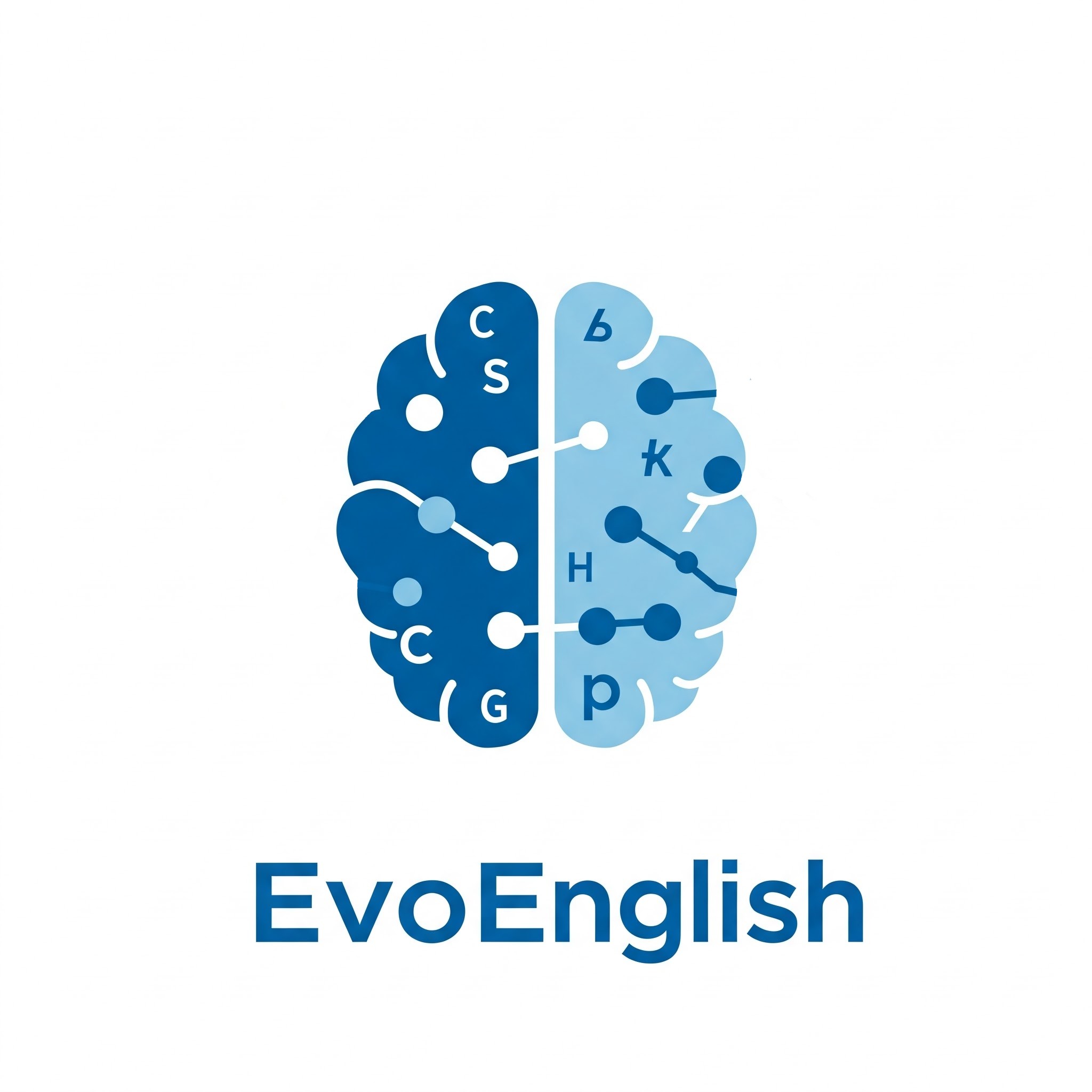📘 Possessive 's — Use & Form
| 'S — Use | |
|---|---|
| POSSESSION |
My father's car, the dog's toys, Mary's computer (NOT the computer of Mary) |
| RELATIONSHIP |
John's friends, Sara's mother, Peter's brother (NOT the brother of Peter) |
| SHOPS AND HOUSES |
I’m at John’s (= at John’s house) I’m going to the baker’s (= the baker’s shop) |
| OF — Use | |
| THINGS |
The end of the street, a picture of the sea, the secret of life (NOT life’s secret) |
| NOUN + NOUN — Common Combinations | |
| COMMONLY USED TOGETHER |
The city center (= the center of the city) The car keys (= the keys of the car) |
| 'S — Form | |
| Singular noun + ’s | My father’s car, the cat’s collar, the teacher’s notebook |
| Irregular plural not ending in -s + ’s | A children’s story, the men’s room, people’s problems |
| Regular plural ending in -s + ’ | The boys’ restroom, the teachers’ lounge, tourists’ passports |
| Singular noun ending in -s: ’s or just ’ | Chris’s (or Chris’) computer, Tomas’s car, Douglas’s house |
| 's after last of two or more nouns | Anna and Tom’s car (= they have only one car) |
| 's after each of two or more nouns | Anna’s and Tom’s cars (= Anna has one car and Tom has one car) |
📘 Possessive 's – Use
We use ‘s to show that something belongs to a person (or a pet) or to talk about relationships between people.
- This is Peter‘s father.
- This is the father of Peter.
- Peter and Mary‘s car is red.
- My cat‘s ears are white.
We also use the possessive ‘s to talk about shops and houses:
- I am at John‘s. (= at John’s house)
- I need to go to the chemist‘s. (= the chemist’s shop)
🛠️ Possessive 's – Form
- Singular noun + ‘s: Anna’s clothes, Chris’s wife, the student’s books
- Plural noun ending in -s + ‘: The students’ books, the boys’ toys, the teachers’ lounge
- Irregular plural (not ending in -s) + ‘s: The children’s toys, men’s clothes
- Shared ownership: Paul and Katherine’s house (one house)
- Separate ownership: Anna’s and George’s cars (two cars)
📍 Possessive "of"
We use of (not ‘s) when talking about things (not people or pets):
- The end of the street ✅
- The
street’s end❌ - A picture of the eclipse ✅
- The
eclipse’s picture❌ - The man of the match ✅
- The
match’s man❌
🔗 Compound Nouns – No 's or of
Some nouns are often used together. In these cases, we don’t use 's or of:
- A school bus
- The city centre
- The car key
❓ Whose
Whose is used to ask about possession.
- Whose + noun: Whose car is this? Whose books are those?
- Whose (without noun): Whose is this car? Whose are those books?
We can answer using ‘s + noun or ‘s alone:
- Whose is this car? – It’s John‘s car / It’s John‘s.
⚠️ Whose vs Who’s
- Whose = possession (of who) → Whose car is this?
- Who’s = who is → Who’s that man in the lobby?
- WRONG: Who’s car is this? / Whose that man in the lobby?
Exercises:
Whose, possessive ‘s: Whose is this?
It’s Mike’s
Choose the correct option to complete the sentences.
1
Jessica is
sister.
2
phone is this?
3
You need to clean
mess in the kitchen.
4
These are
keys.
5
We reached
house before dark.
6
I’m going to
after work.
7
These are
bicycles.
8
Let’s meet in
office at 3.
9
I need to paint
room this weekend.
10
soup reminds me of home.
Whose, possessive‘s:
Whose is this? It’s Mike’s
Choose the correct forms: whose, who’s possessive ‘s, etc.
1
_____ picture is this?
A.
B.
C.
2
_____ going to fix the computer?
A.
B.
C.
3
It’s ____ turn next.
A.
B.
C.
4
These are ____ notebooks.
A.
B.
C.
5
____ idea was brilliant.
A.
B.
C.
6
____ presentation impressed everyone.
A.
B.
C.
7
Is this ____?
A.
B.
C.
8
____ they going to pick up lunch?
A.
B.
C.
9
Can you tell me ____ house this is?
A.
B.
C.
10
It’s ____ birthday tomorrow.
A.
B.
C.
Whose, possessive ‘s: Whose is this?
It’s Mike’s
Rewrite the sentences using the possessive ‘s as in the example.
1
The balls belong to the players. ⇒ They are .
2
The house belongs to my parents. ⇒ It’s .
3
The jacket belongs to Anna. ⇒ It’s .
4
The pens belong to the designers. ⇒ They are .
5
The toy belongs to my nephew. ⇒ It’s .
6
These coats belong to Jim and Tim (one coat each). ⇒ They are .
7
The car belongs to Alice and Bob. ⇒ It’s .
8
The project belongs to the team. ⇒ It’s .
9
The books belong to the children. ⇒ They are .
10
The invitation belongs to Sarah and me (we share one). ⇒ It’s .
